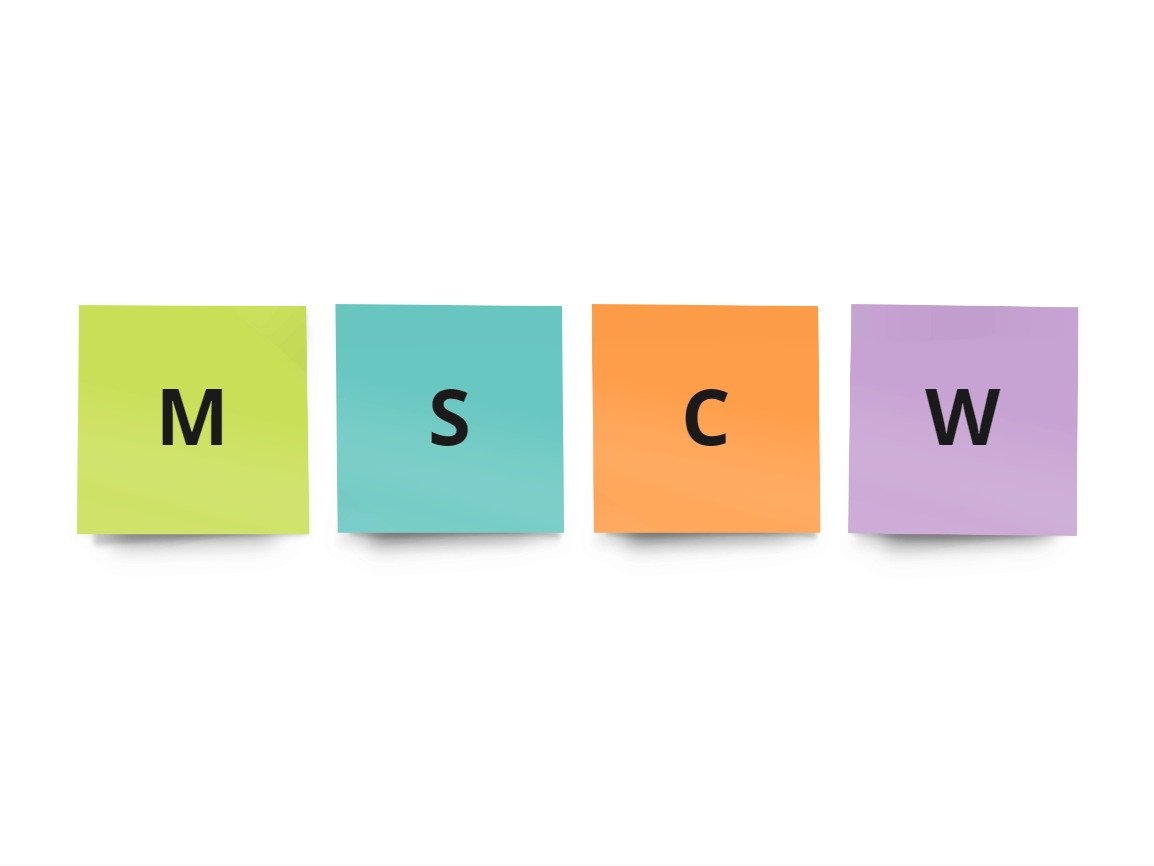In the fast-paced world of Agile development, prioritization is key to delivering value to users efficiently and effectively. One popular method for prioritizing requirements is the MoSCoW method—a simple yet powerful framework for categorizing tasks into Must-have, Should-have, Could-have, and Will-Have. Let's delve into the MoSCoW method and discover how it can help teams prioritize with precision, maximizing efficiency and focus in product development.

The MoSCoW Method: (My preferred method!)
Product requirements can be categorized into four types based on their importance, necessity and unnecessary for the product's release. These categories are as follows:
-
Must-have: These requirements are crucial for the product's core functionality and critical to meeting the user's needs. They are non-negotiable and must be delivered to make the product viable. {I know its spelled mUst, I didn’t name the method}
-
Should-have: These requirements are important but not critical for the product's initial release. They enhance the product's value proposition but are not necessary for launch.
-
Could-have: These requirements are desirable but not necessary for the product's initial release. They represent nice-to-have features or functionalities that can be included if time and resources permit.
-
Would not have: Their requirements cover all aspects of the product, release, and features that the product will not have and should not be considered. They are the delimiting principles that maintain the team’s and product’s vision and focus.
Benefits of the MoSCoW Method:
-
Clarity: The MoSCoW method provides clarity and focus by categorizing requirements into distinct priority levels, helping teams align on what needs to be delivered and when.
-
Flexibility: The MoSCoW method allows for flexibility in prioritization, enabling teams to adapt to changing requirements and stakeholder needs as the project progresses.
-
Efficiency: By focusing on delivering Must-have requirements first, teams can ensure that the most critical features are delivered on time and within budget, maximizing value for users and stakeholders.
Implementation Tips:
-
Collaboration: Involve key stakeholders in the prioritization process to ensure alignment on priorities and expectations.
-
Regular Review: Review and reassess priorities regularly as the project progresses to account for changes in scope, resources, or market conditions.
-
Communication: Communicate the rationale behind prioritization decisions to stakeholders and team members to foster understanding and buy-in.
Conclusion:
In Agile development, effective prioritization is essential for delivering value to users efficiently and effectively. The MoSCoW method offers a simple yet powerful framework for categorizing requirements into Must-have, Should-have, Could-have, and Won't-have, helping teams focus on what matters most and maximize their impact. By embracing the MoSCoW method, teams can prioritize with precision, align on priorities, and deliver products that meet user needs and exceed expectations.
Tags:

Jan 31, 2025 1:08:56 PM

Comments